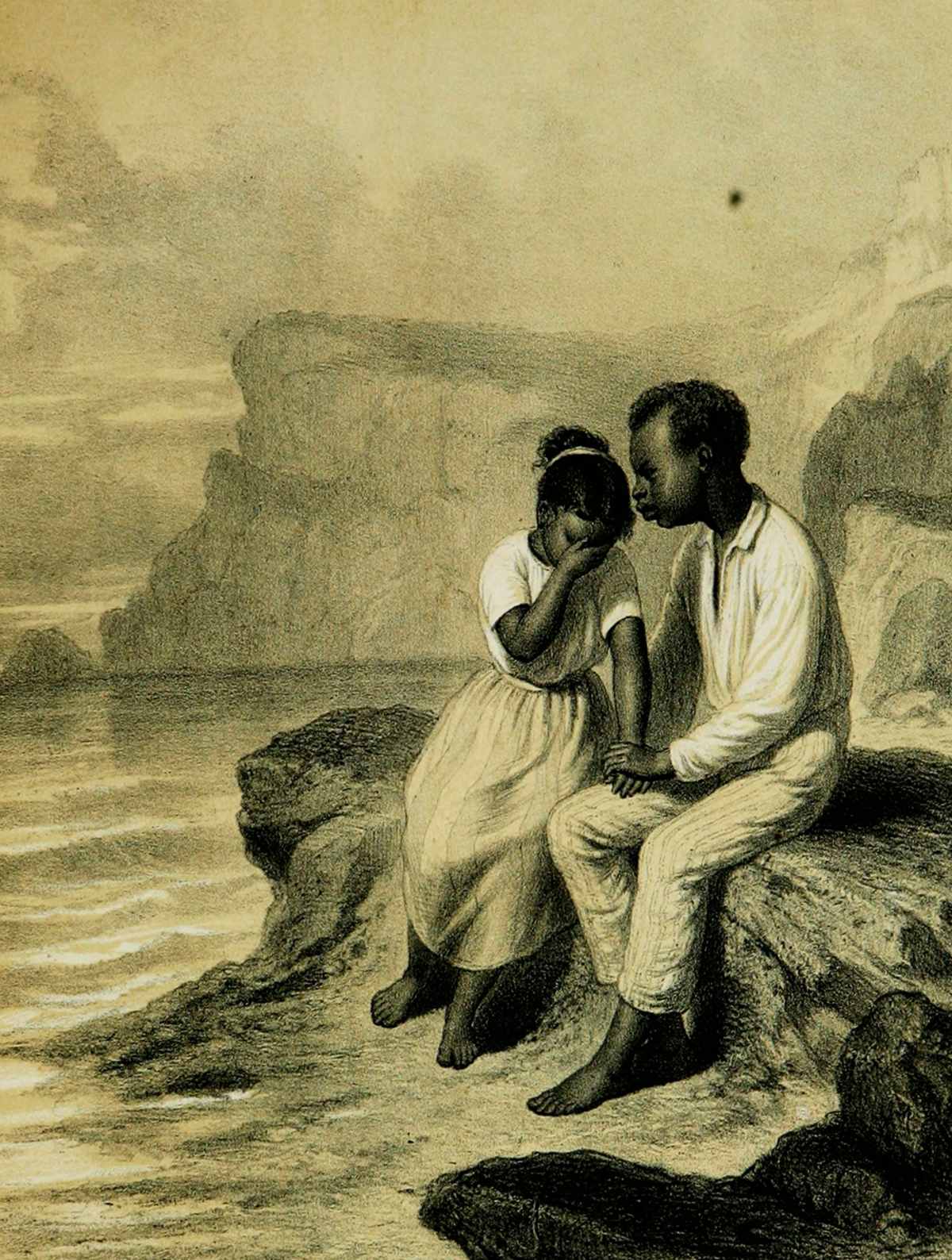How the visual history of the Haitian Revolution misrepresents Black suffering and death.
WEDNESDAY, OCTOBER 14, 2020
Both during and after the Haitian Revolution, the most widely circulated images of the thirteen-year violent conflict that remade French Saint-Domingue into independent Haiti depicted Black people killing white people. The 1805 book An Historical Account of the Black Empire of Hayti, by Marcus Rainsford—an army officer who had been stationed in Saint-Domingue during the British occupation of the island—included a representative, and frequently reproduced, picture from the genre: Black revolutionaries stringing up white soldiers on a hillside. This Black-on-white violence is described with the words “Revenge taken by the black army for the cruelties practiced on them by the French.” (The book also features a now iconic portrait of Toussaint Louverture.)
Rainsford’s account, like the caption, is generally sympathetic to the revolution and its leaders’ cause of ridding the island of slavery forever. Other less well-known illustrations in the volume support this perspective by offering graphic images of the violence that the French army exerted over the revolutionaries. One such engraving shows Cuban bloodhounds—which the French military notoriously trained to “eat the blacks”—attacking a terrified Black mother and child; another image illustrates the infamous drownings perpetrated by the French in their attempts, as the inscription reads, at “exterminating the Black Army.”
